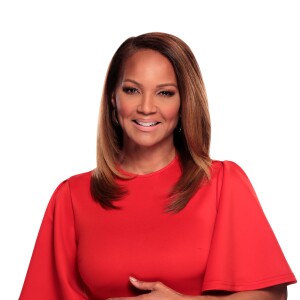(WXYZ) — Racism. Bigotry. Hatred. Words that describe a festering problem in America and right here in Michigan.
It's always been with us through history, only now it's boiling over the surface.
So tonight, we wanted to show you some of the methods being used to teach a new generation acceptance and the tools of tolerance for people who are different.
America has seen its first Black president, the first Black and Asian female vice president, yet the day after Georgia elected its first Black and Jewish senators, we witnessed a violent and deadly insurrection at the Capitol building.
Here at home, a plot to kill Michigan Governor Gretchen Whitmer was stopped in its tracks and we saw a storming of our state capitol.
But experts say long before these moments, however ugly in our history, domestic terrorism centered around racism was on the rise at a fever pitch.
In the last 4 years, the American Jewish community has experienced an increased level of harassment, vandalism, and even assault than in the past 40 years,” says ADL Regional Board Member Mica Nodel.
So why such an uptick? Some experts argue it became okay to take the lid off the sewer.
“With popular figures having a greater megaphone than ever and making it acceptable to say certain things out loud or even making it acceptable to present alternative facts,” says Nodel.
Words matter and the hurtful ones are being learned by children.
As a 7th grader at a middle school in Birmingham, kids began making fun of Kennedy Banks’ hair.
Then a KKK photo from a school field trip began circulating.
“I just remember it being very heartbreaking,” she said.
She left the district in 10th grade.
“A lot of people were very comfortable being openly racist and ignorant people were saying black lives don't matter,” says Jodie Middleton, principal at Auburn Elementary School in Auburn Hills.
She says they've undergone cultural competency training.
“It's deep work, we have to do that as educators in the building it's very personal work,” Middleton says.
She says no one is lashing out and they are talking about what they are seeing.
“I had a third-grader the day after the insurrection state to her class that she was really upset to see all of the angry people,” she says.
Middleton says when kids are given the language to express their feelings they're better able to regulate their emotions.
Briana Murphy and Stephen MacGregor two teachers from Ypsilanti told me hate began invading their school.
“These students, coming up behind these young ladies of color, waving a Trump sign shouting Trump, Trump, Trump, stuff like this,” they said.
Paris Stinson, a student told us about the following incident.
“Remember in 2016 the gorilla Harambe was killed at the Cincinnati zoo when a child fell into the exhibit. People would use that against the black girls at our school. They would just call us Harambe, they would do the grunts the walk they would do it to intimidate us.”
But that was the last straw, and it was the students who approached asking for help.
“They signed a huge petition called The Unheard Voices and when kids themselves are asking for something it was amazing to me we listened.”
They ushered in the program "No Place or Hate" by the Anti-Defamation League.
“I had some students actually come up and apologize.”
“I'm willing to have those courageous conversations and I think, if more teachers are willing to have conversations about race, then we can make a difference in our schools.”
Their work was not just centered around race, but also gender and classism.
“I think sometimes when you just hear what's happening at home that's when things like white supremacy wins because you think it’s the only way.”
Finally, I asked why do you care so much.
“I have to change the world to be a better place for my kids too.”
The positive thing I learned from this story is this when teachers and young students have the tools to learn about someone who is different that bring true change for the better.





